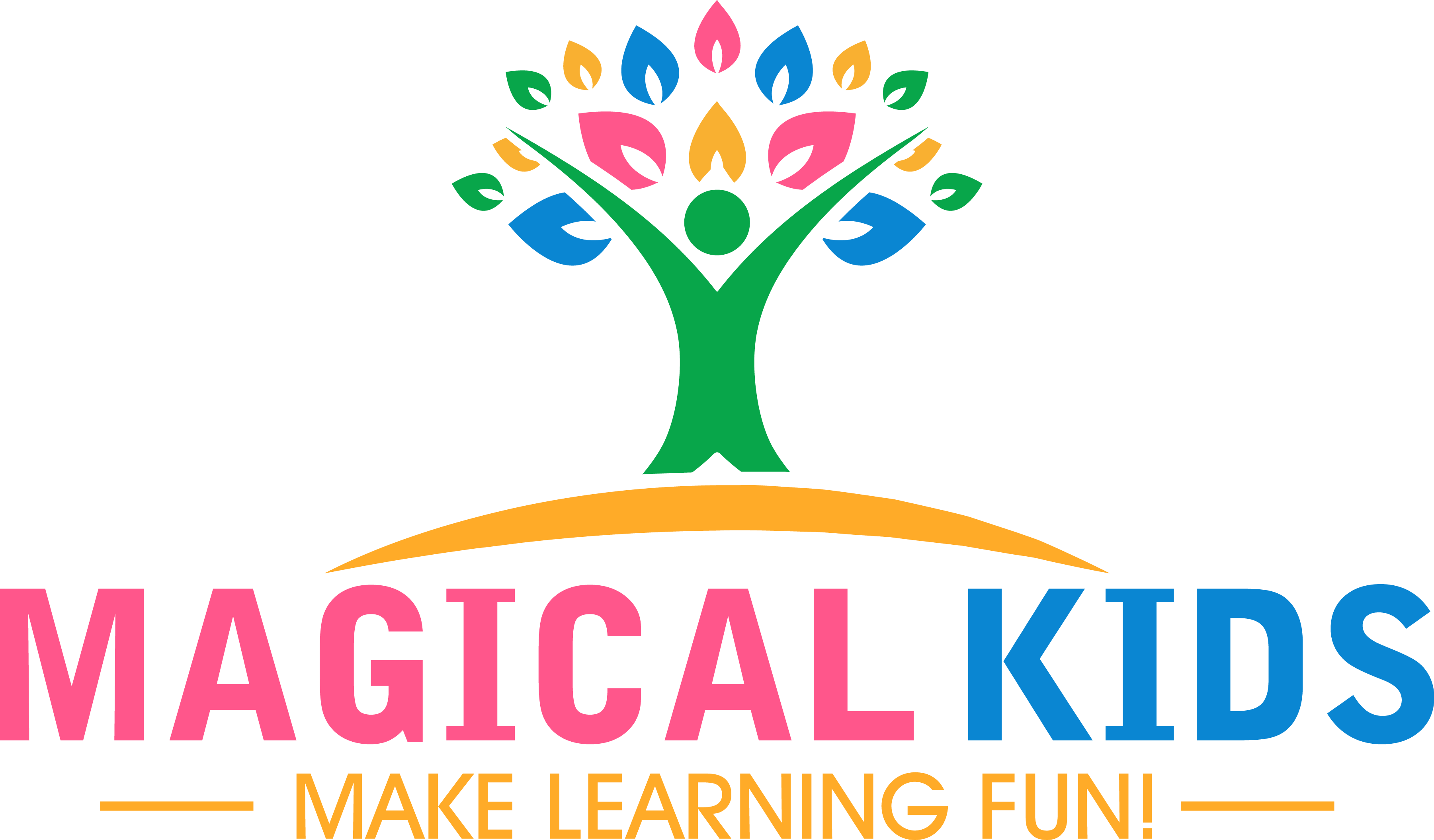Teaching children to read and write can feel like a big task, but it’s the little activities that often have the most impact. One such activity is spotting and rewriting misspelled CVC words. This fun and interactive task helps young learners sharpen their literacy skills while staying engaged and excited about learning.
Here’s why this activity is a must-try for your early learner:
1. Builds Strong Decoding Skills
CVC words are often the first step in learning to read because they follow predictable phonics patterns. By spotting misspelled words, children actively use their decoding skills to break the word into individual sounds (phonemes) and recognize when something doesn’t look quite right.
2. Boosts Spelling Awareness
When children correct misspelled words, they start to understand spelling patterns and rules. This activity makes them more aware of how words are constructed, laying the groundwork for strong spelling skills in the future.
3. Strengthens Reading Fluency
Recognizing common CVC words in sentences allows kids to practice reading fluently. As they become more familiar with these simple words, they’ll begin to recognize them at a glance, speeding up their reading progress.
4. Encourages Critical Thinking
This activity challenges kids to think critically. They analyze the word, spot the error, and make the necessary correction, which sharpens their problem-solving skills and attention to detail.
5. Promotes Self-Correction and Independence
As children identify errors and rewrite the words correctly, they develop confidence in their ability to self-correct. This independence is an important step in fostering a positive learning mindset.
6. Makes Learning Fun
Let’s face it—kids learn best when they’re having fun. Turning literacy practice into a game where they’re detectives spotting “silly mistakes” keeps them engaged and motivated to participate.
7. Reinforces Sentence-Level Understanding
This activity isn’t just about individual words—it’s about seeing how those words fit into sentences. By working within a sentence, children start to grasp how words and punctuation work together to create meaning.
How to Get Started
You can easily set up this activity at home or in the classroom. Write a few simple sentences with CVC words, deliberately misspelling one word in each sentence. Ask your child or students to:
- Read the sentence aloud.
- Spot the incorrectly spelled word.
- Rewrite the sentence with the correct spelling.
An Example Activity:
Here’s a sample sentence:
The kat is big.
The child would spot that “kat” is misspelled and rewrite the sentence as:
The cat is big.
Why It Works
This activity combines phonics, reading, and writing into one simple task. It’s perfect for homeschooling, classroom warm-ups, or even as a quick after-school learning game.
The Phonics Loom is a comprehensive resource designed to make teaching phonics simple and effective. It includes over engaging worksheets covering essential phonics skills like letter sounds, short vowels, CVC words, digraphs, blends, silent "e," syllables, and sight words. Perfect for homeschoolers, teachers, and parents, this resource promotes reading fluency and decoding skills through structured, hands-on activities. With its organized approach, the Phonics Loom eliminates the need to hunt for resources, making phonics learning seamless and enjoyable for kids.
Few examples:
- The cat is on the bad. (bed)
- The bug is in the tapp. (tap)
- The kid can syt in the sun. (sit)
- The pig ran to the pud. (mud)
- Pam got a big hag. (hat)
- The man sat on the rugr. (rug)
- The rat can bit the jam. (bit)
- Tim has a red cod. (cap)
- The dog sat on the rub. (rug)
- The bag is on the jop. (job)
- Tim got a big tapp. (tap)
- The pig is in the mod. (mud)
- The sun is so hyt. (hot)
- The rat ran to the batc. (bat)

